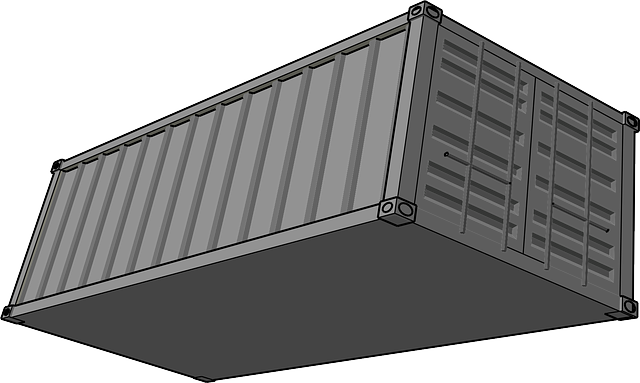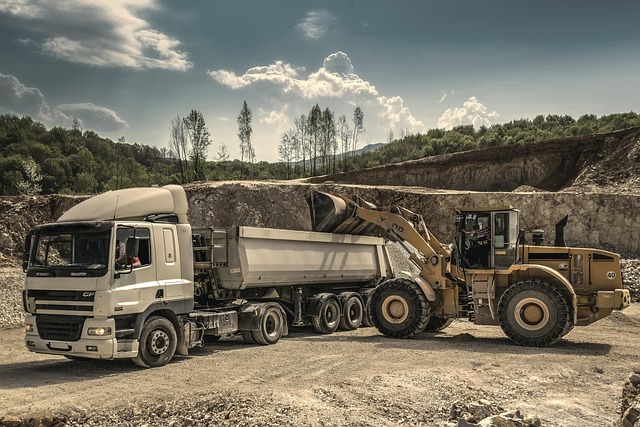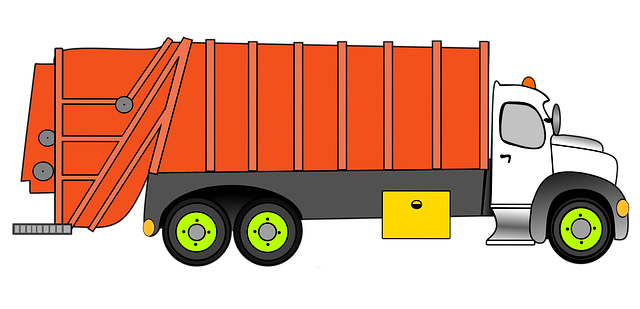Physical Damage Coverage for Fleet Trucks is essential for businesses operating large truck fleets, offering protection against collisions, animal incidents, weather hazards, and vandalism. In today's digital era, this coverage minimizes financial losses, reduces downtime, and maintains productivity levels. An effective policy should include collision and comprehensive damage coverage mirroring total replacement cost, with optional endorsements for specific risks. Efficient claims management through understanding policy details, regular maintenance checks, prompt incident reporting, and clear communication with insurers streamlines the process, preserving fleet operations and asset integrity.
In today’s demanding transportation landscape, safeguarding your fleet vehicles is paramount. Understanding physical damage coverage is crucial for minimizing financial losses and ensuring uninterrupted operations. This comprehensive guide delves into the essentials of fleet vehicle protection, explaining what it entails, why it’s vital, and how to navigate claims effectively. By exploring key elements of effective coverage, you’ll be equipped to make informed decisions, mitigate risks, and protect your investment in these critical assets.
What is Physical Damage Coverage for Fleet Trucks?

Physical Damage Coverage for Fleet Trucks is a crucial aspect of comprehensive insurance solutions designed to protect commercial vehicles from unforeseen events that can cause significant damage. This type of coverage is essential for fleet managers aiming to minimize financial losses and maintain efficient operations. In the world of fleet vehicle protection, physical damage coverage steps in when accidents, natural disasters, or vandalism strike, ensuring that repairs or replacements are covered, keeping fleet costs manageable.
It includes protection against a range of perils such as collision with other vehicles, objects, or structures, as well as comprehensive coverage for incidents like animal-related damages and weather-induced hazards. This fleet vehicle protection is particularly vital for businesses with large truck fleets, as it helps navigate the labyrinthine process of claims and repairs, offering peace of mind and financial security in the face of unexpected physical damage.
Why Is Fleet Vehicle Protection Important?

In today’s digital era, fleet vehicle protection has become more crucial than ever. With businesses relying heavily on their trucks for daily operations, ensuring the vehicles’ well-being is a strategic move to safeguard financial resources and maintain productivity levels. Physical damage coverage plays a pivotal role in this context, offering a safety net against unforeseen events that could cripple a fleet’s efficiency.
Fleet vehicle protection is not just about minimizing monetary losses; it’s also about fostering a culture of safety and reliability. Businesses can protect their investments, reduce downtime, and ensure a steady flow of operations by insuring their trucks against physical damages, including accidents, natural disasters, and vandalism. This proactive approach allows fleet managers to focus on core business activities while leaving the worries of vehicle maintenance and replacement to insurance providers.
Key Elements of Effective Physical Damage Coverage

When it comes to protecting your fleet vehicles, comprehensive physical damage coverage is a cornerstone of any robust risk management strategy. This type of insurance plays a vital role in safeguarding your investment against unforeseen events that can lead to substantial financial losses. The key elements of effective fleet vehicle protection include several critical aspects.
Firstly, ensure that the policy covers both collision and comprehensive damage. Collision coverage compensates for repairs or replacements when one of your trucks is involved in an accident, while comprehensive coverage protects against various other perils like theft, vandalism, natural disasters, and falling objects. Additionally, consider the value of your fleet. Adequate coverage should mirror the total replacement cost of each vehicle, including any specialized equipment or modifications unique to your operations. Fleets operating in diverse environments may also benefit from optional endorsements for specific risks, such as weather events or off-road incidents, further enhancing the protection afforded to your assets.
Navigating Claims and Ensuring Comprehensive Protection

Navigating claims process is a critical aspect of fleet vehicle protection. When a truck in your fleet sustains physical damage, whether from an accident or external elements, having a clear understanding of your insurance policy and the claims procedures can make all the difference. Efficiently navigating claims ensures swift repairs or replacements, minimizing downtime for your trucking operations. Comprehensive protection goes beyond just coverage; it involves proactive measures to prevent damage, prompt reporting, and effective communication with insurance providers.
To ensure comprehensive fleet vehicle protection, business owners should familiarize themselves with policy details, including deductibles, coverage limits, and exclusions. Regular maintenance checks can also help in preventing minor issues from turning into major repairs, thus reducing claims frequency. Promptly reporting incidents and documenting damage is essential for a smooth claims process. Effective communication between fleet managers, drivers, and insurance representatives facilitates efficient claim resolution, ensuring the fleet remains operational while maintaining asset integrity.
Understanding the essentials of physical damage coverage for fleet trucks is paramount for businesses aiming to protect their assets and ensure uninterrupted operations. By comprehending key elements like comprehensive insurance, liability protection, and efficient claims navigation, fleet managers can optimize their risk management strategies. Investing in robust fleet vehicle protection not only safeguards against unexpected physical damages but also contributes to the overall efficiency and financial stability of transportation logistics.
